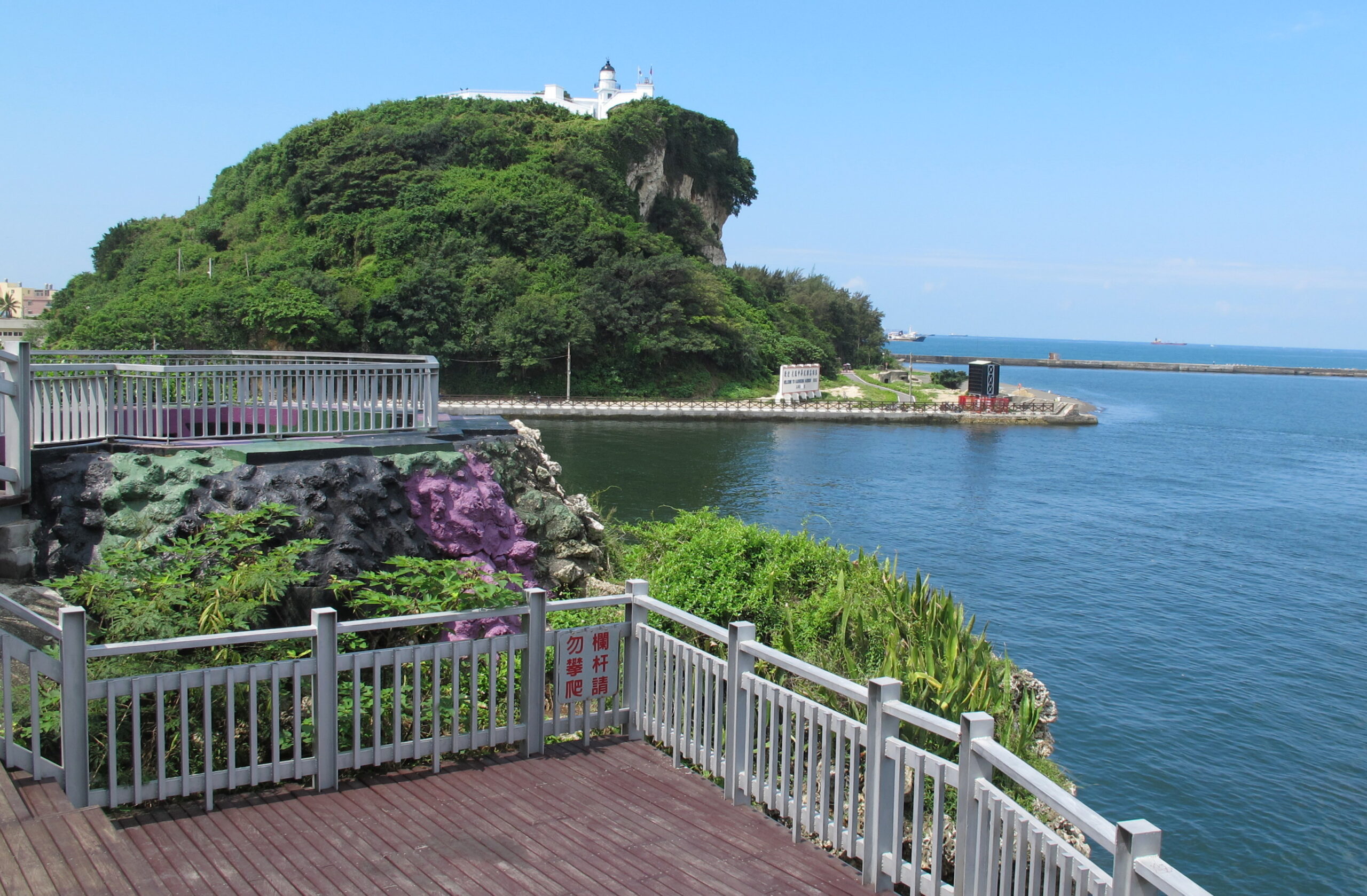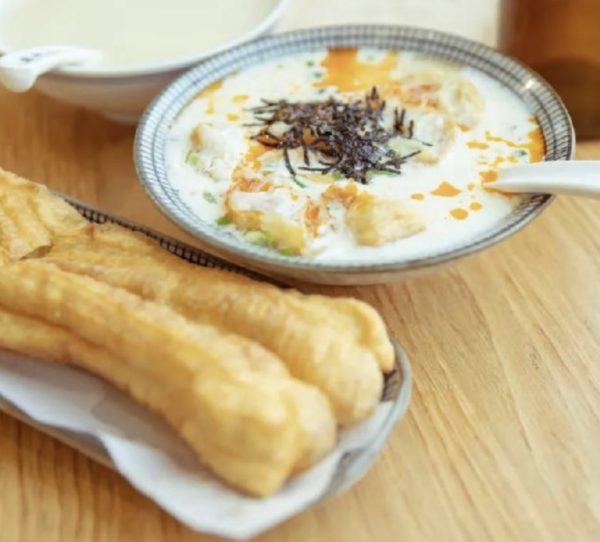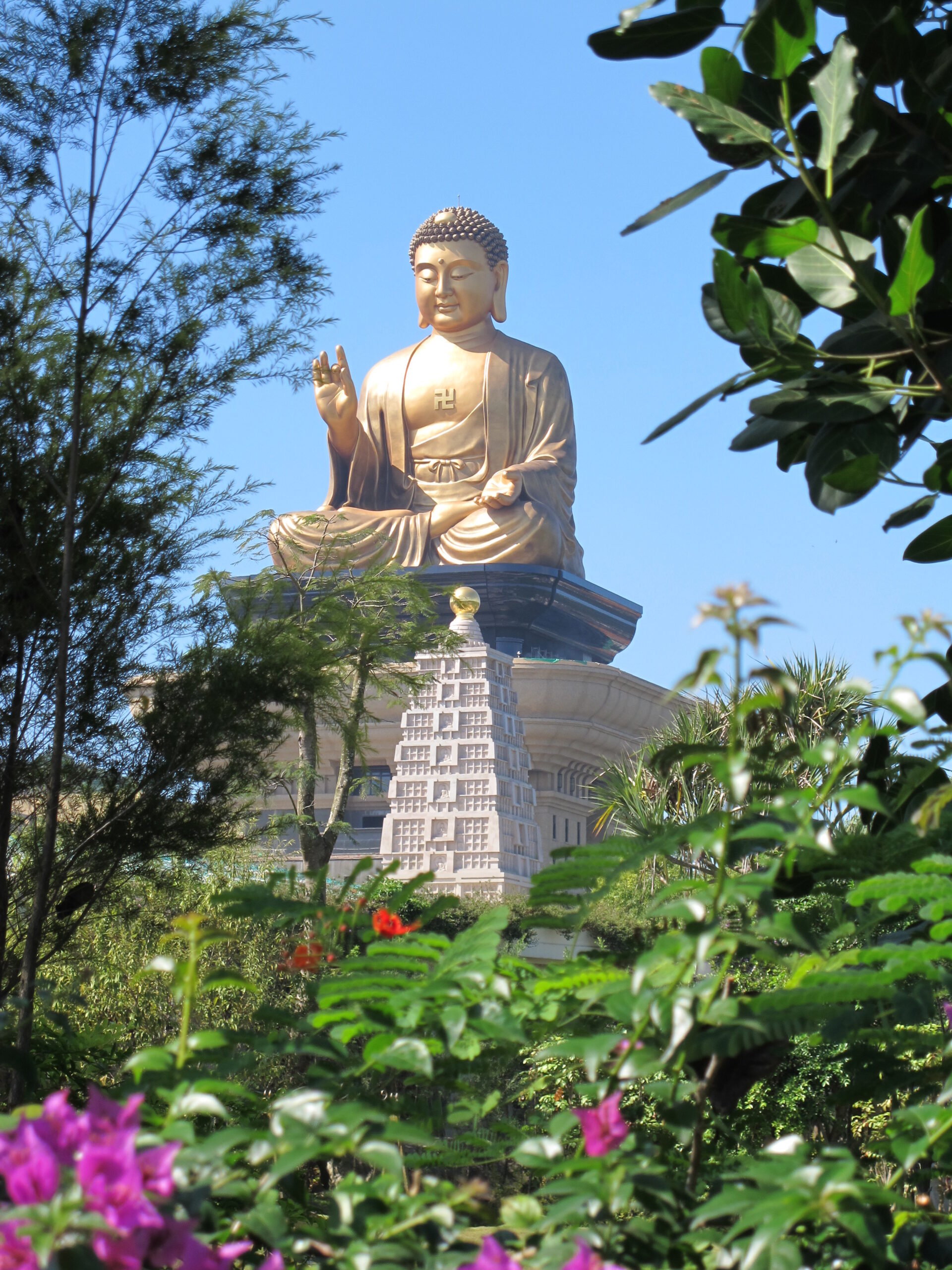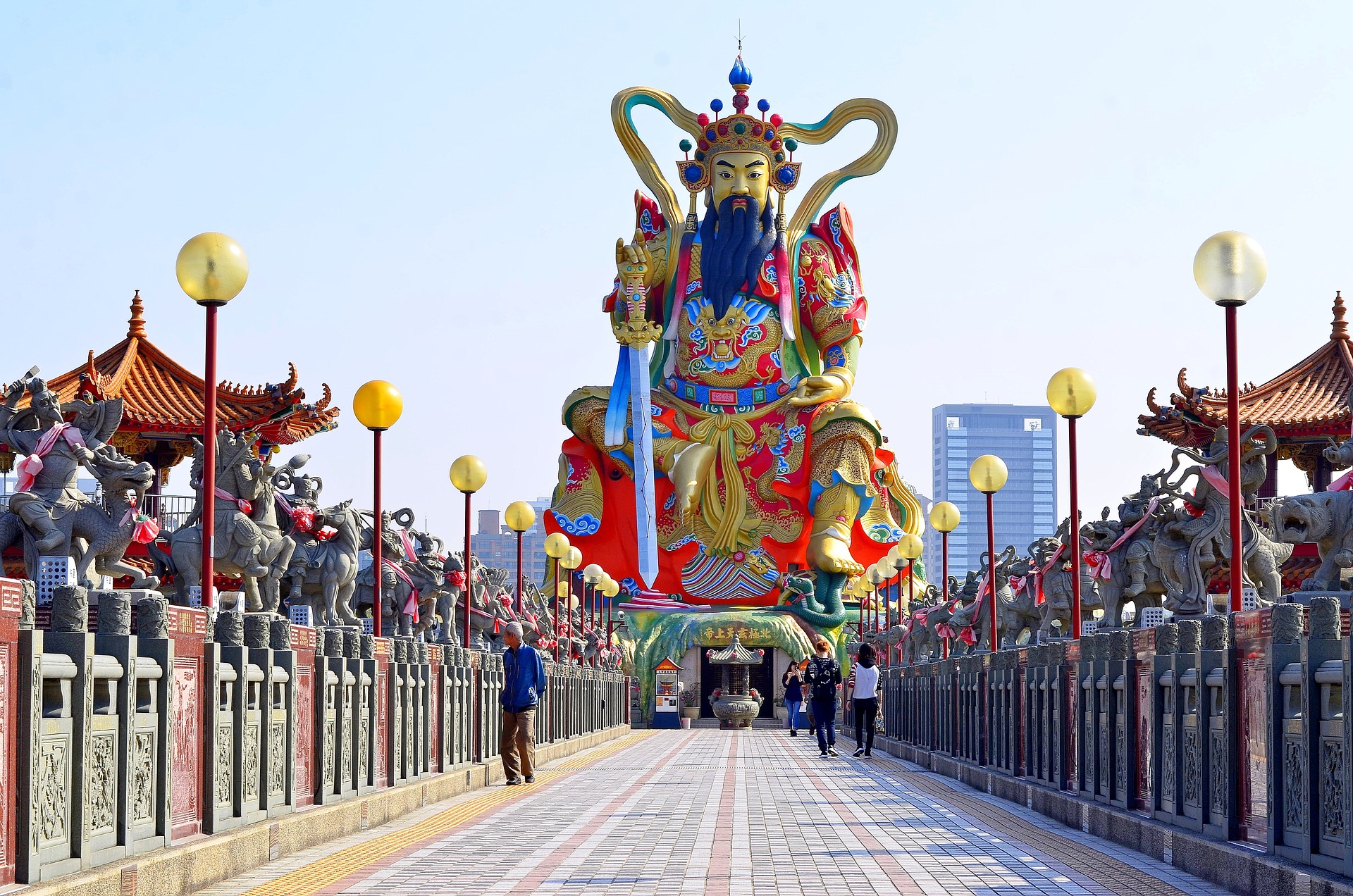Explore Kaohsiung: A Day Filled with Hidden Gems
Whether you’re concluding a journey through Taiwan’s unspoiled east or wrapping up an exploration of historic Tainan, a day in Kaohsiung before your departure is a treasure trove of unique experiences. While Kaohsiung may not have the international fame of Taroko Gorge or Taipei 101, it offers a day brimming with opportunities to discover quirky shrines, delve into 19th-century trading history, and explore one of Asia’s most significant Buddhist monasteries.

Kaohsiung’s old harbour mouth
Starting with a Savory Breakfast
At Life of Taiwan, we believe in beginning your day with a delightful breakfast. Our expert guide will introduce you to Kaohsiung’s finest soy milk and cruller establishment, known for its traditional delicacies like steamed buns and flatbreads. This culinary experience sets the tone for your day of exploration.
Exploring Historic Hamasen
Your journey continues in Hamasen, a quaint neighborhood with roots dating back to the Japanese colonial period from 1895 to 1945. Once a hub for smaller cargo vessels, it now preserves several waterside warehouses as cultural-industry venues. Among these historic sites is a beautifully preserved 1930s butokuden, a martial arts teaching hall.
The British Consulate: A Window to the Past
Uncover history as you visit the former British Consulate, a relic from the Treaty Port era when Western powers compelled China to open coastal towns to foreign trade. This compound served as the residence and workplace for British diplomats between 1879 and 1897. At this time, numerous Western trading firms operated in Hamasen, dealing in commodities like camphor, sugar, rice, and timber. The consul’s hilltop residence offers captivating views of the ocean and the city center.

Xian Doujiang
Culinary Delights for Lunch
Approaching lunchtime, your guide may recommend one of Kaohsiung’s Michelin Bib Gourmand eateries, boasting “exceptionally good food at moderate prices.” Alternatively, lesser-known yet equally excellent dining options await to tantalize your taste buds.
Spiritual Exploration at Fo Guang Shan
For those seeking a spiritual journey, a visit to Fo Guang Shan is a must. Founded in 1967 by Master Hsing Yun, this sprawling complex features a striking main shrine with three colossal Buddhas, along with 14,800 smaller Buddha icons within its walls. The Buddha Memorial Centre, built to house a venerated relic—a tooth believed to be from the Buddha’s cremation 2,500 years ago—is both visually impressive and intellectually engaging.

Part of the Fo Guang Shan Buddist complex
Lotus Pond’s Architectural Marvels
Lotus Pond, situated closer to the city centre, showcases some of Taiwan’s most photographed structures. This mile-long body of water is surrounded by vibrant temples, pavilions, and eccentric buildings. Don’t forget the tradition when visiting the Dragon and Tiger Pagodas: enter through the dragon’s mouth and exit via the tiger’s jaw to transform bad luck into good fortune.

Lotus Pond is surrounded by religious landmarks
Culinary Heritage and Local Flavours
In the wake of Chiang Kai-shek’s Chinese Nationalist government’s retreat to Taiwan in 1949, a significant naval base was established west of Lotus Pond. This influx of mainland Chinese officers, sailors, and their families left a lasting impact on the district’s culinary landscape. While that generation has passed, several restaurants catering to their tastes still thrive, offering a taste of history to Kaohsiung residents eager to explore different flavours.
Making the Most of Your Visit
Kaohsiung has made remarkable strides in providing English-language information in recent years. However, its transportation systems, particularly the metro and buses, may not be as extensive as those in Taipei. To navigate efficiently and maximize your time, consider touring with a car and a driver-guide.
Plan Your Kaohsiung Adventure Today
To ensure you make the most of your day in Kaohsiung or any part of Taiwan, reach out to us today. Our experienced travel designers are eager to share their expertise and assist you in crafting a customized private tour of Taiwan tailored to your unique preferences and needs.
